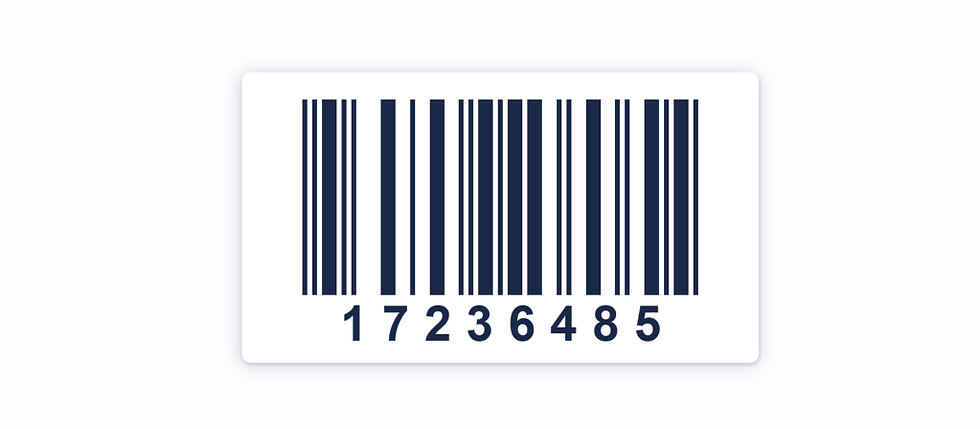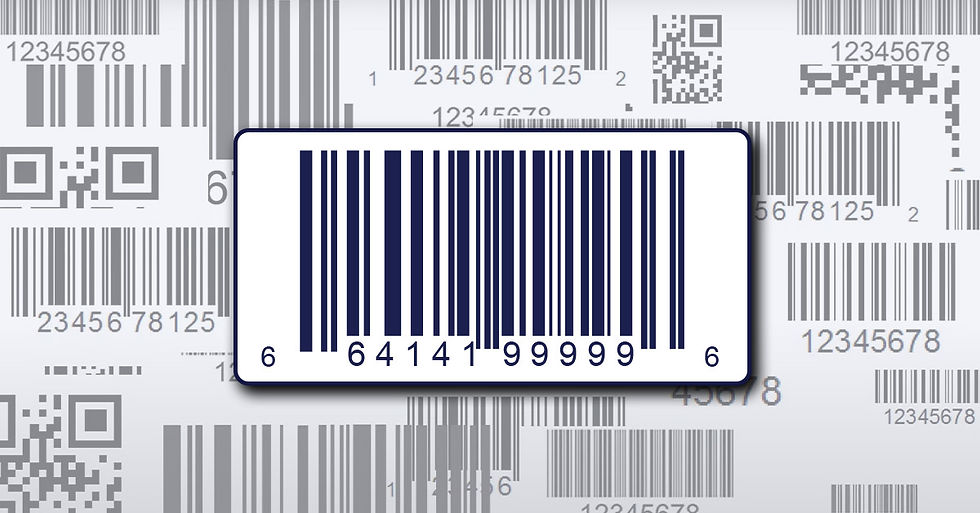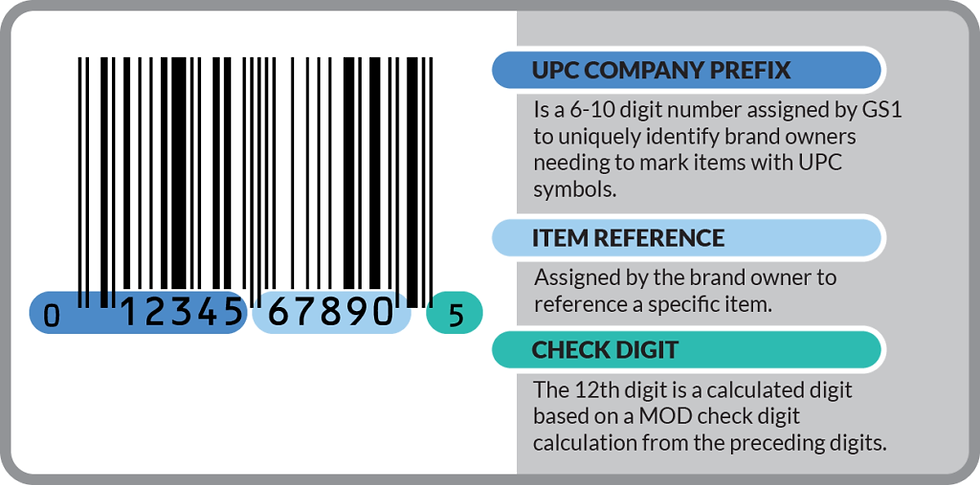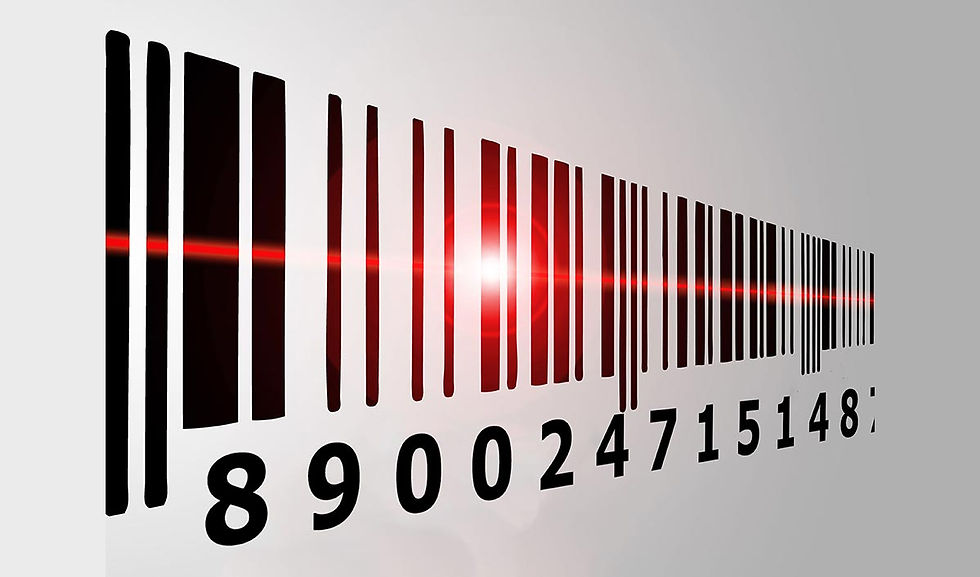How to Get a Barcode, UPC, and QR Code for a Product Label
- Primotex
- Oct 30, 2024
- 3 min read
Updated: Jan 20
A good product label serves multiple purposes, including creating a positive first impression on potential clients. Additionally, these labels must include essential details for both retailers and customers.
UPC barcodes and QR codes are crucial for your products. Let's learn how to generate a product barcode, as well as how to get UPC barcodes and QR codes for your product labels and how to make sure they work properly.
Understanding the Barcodes:
1. Barcode:

This is a machine-readable graphic that tells detailed information about a product, such as price, quantity, or product number. A barcode for any product allows shops to easily scan items, maintain inventory, and guarantee effortless checkout business operations.
2. UPC Barcode:

UPC stands for Universal Product Code. It is the most common type of barcode that is used mainly in retail products. It is 12 12-digit code that reveals details about the product and the producer. For companies intending to distribute products to retail stores, an original UPC barcode label is mandatory.
3. QR Code:

This is different from all other traditional barcodes. QR codes can store more lengthy data, which includes URLs, contact information, and multimedia content. These codes are versatile and can be customized for your branding needs.
Step 1: How to Create a Barcode for a Product (UPC)
For an original UPC barcode label, you need to follow these steps:
1. Get Register with GS1:

GS1 is the global organization responsible for issuing unique UPCs. For a company beginning, you must first register your business with GS1. This prefix will be part of all your UPC barcodes.
If you're launching many products you need to prepare your UPC barcodes before the time.
2. Generate Your UPC:

Once your company is registered, you can generate a unique UPC barcode for each product variety (which can range in sizes, colors, or flavors). This way, every product gets its own original UPC barcode label.
3. Purchase Barcodes:

It is always best to buy straight from GS1 to avoid possible problems with retailers. Buying directly guarantees that you receive a valid barcode for each goods you plan to sell.
4. Now Print Your Barcode Labels:

After you’ve generated the UPC barcode, you can print it on your product labels but make sure it’s clear and easy to scan.
Step 2: How to Create a QR Code
QR codes enhance your product’s visibility and consumer engagement. See how you can create them:
1. Pick a QR Code Generator:

You can generate your QR code through free or paid tools. Popular choices include QR Code Generator, Canva, and GoQR.
2. Add Your Information:

After generating, decide what you want the QR code to do. Whether it’s linking to your website, sharing a product video, or displaying contact details, enter the relevant information to create your QR code.
3. Customize & Download:

You can customize your QR code by changing its color, and shape, or adding your brand logo. Make sure the QR code remains scannable, then download and add it to your original UPC barcode label.
Why You Need Both: Barcode and QR Code
Your product can make a great difference by having both UPC barcodes and QR Codes. The barcode of any product helps to ease sales and inventory management, while QR codes improve customer engagement, offering more information, special deals, or direct online purchases.
Tips for Creating Barcodes and QR Codes:
Plan Ahead:
If you're launching many products you need to prepare your UPC barcodes before the time.
Test for Compatibility:
Make sure that your original UPC barcode label and QR codes are scannable across different devices before printing.
Keep the Design Simple:
When adding QR codes, avoid clutter. Make sure the codes are clear and easy to scan.
Now, that you know how to create a barcode for a product and generate QR codes, you’re set to launch your products smoothly.
Just remember, an original UPC barcode label is very important for selling in retail, while a QR code can make your product more interactive and engaging.
Good luck!

Комментарии